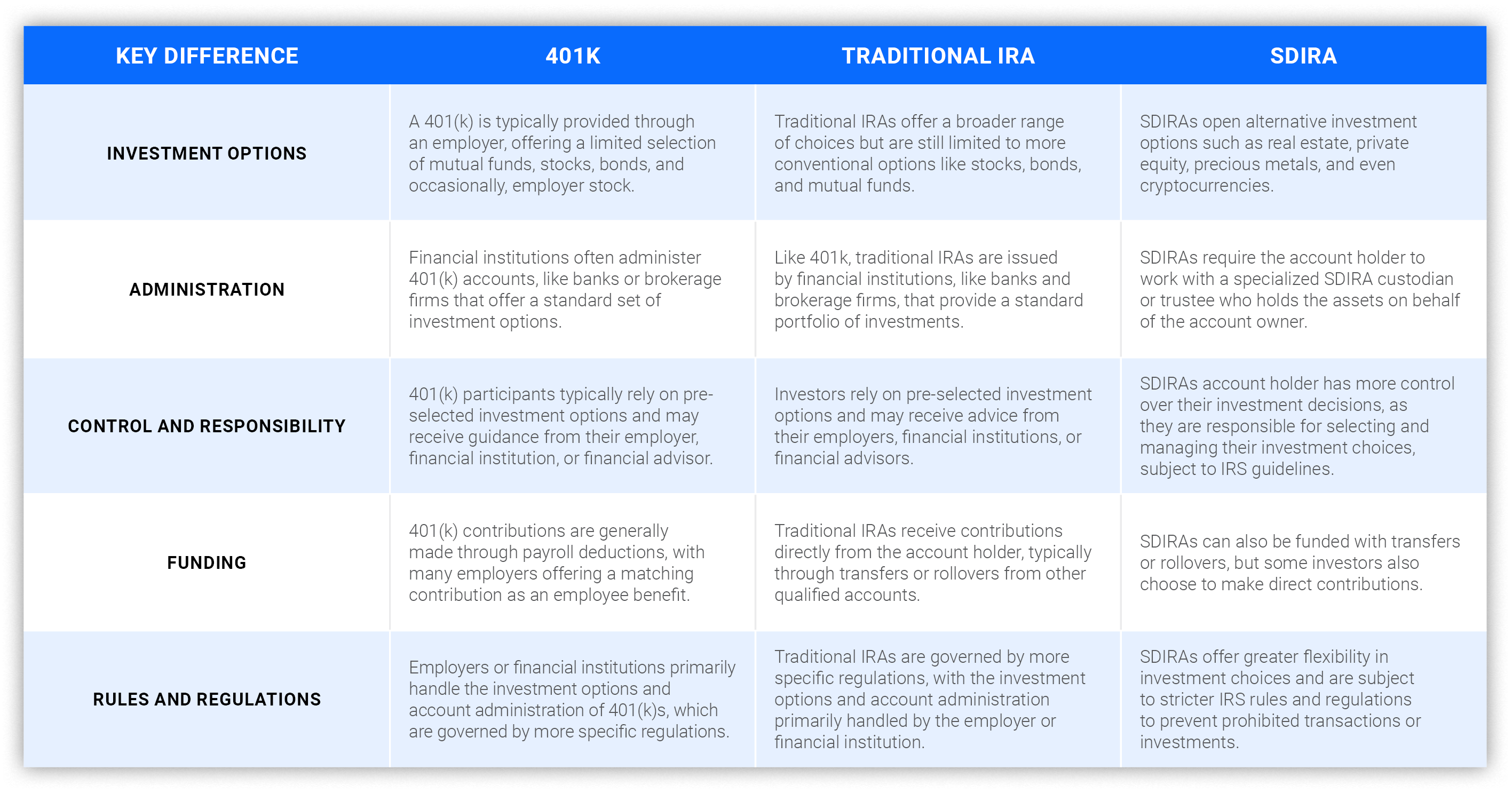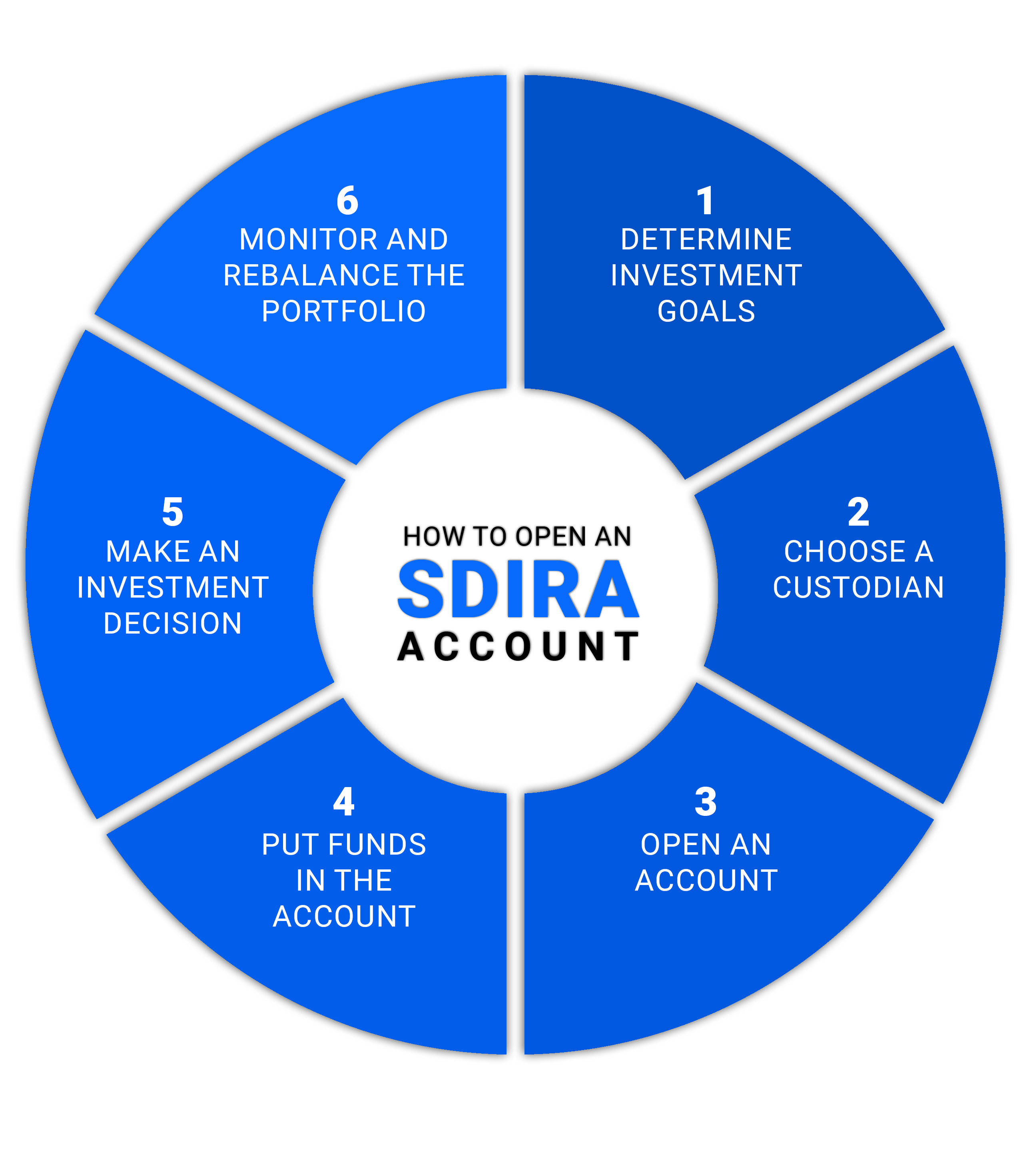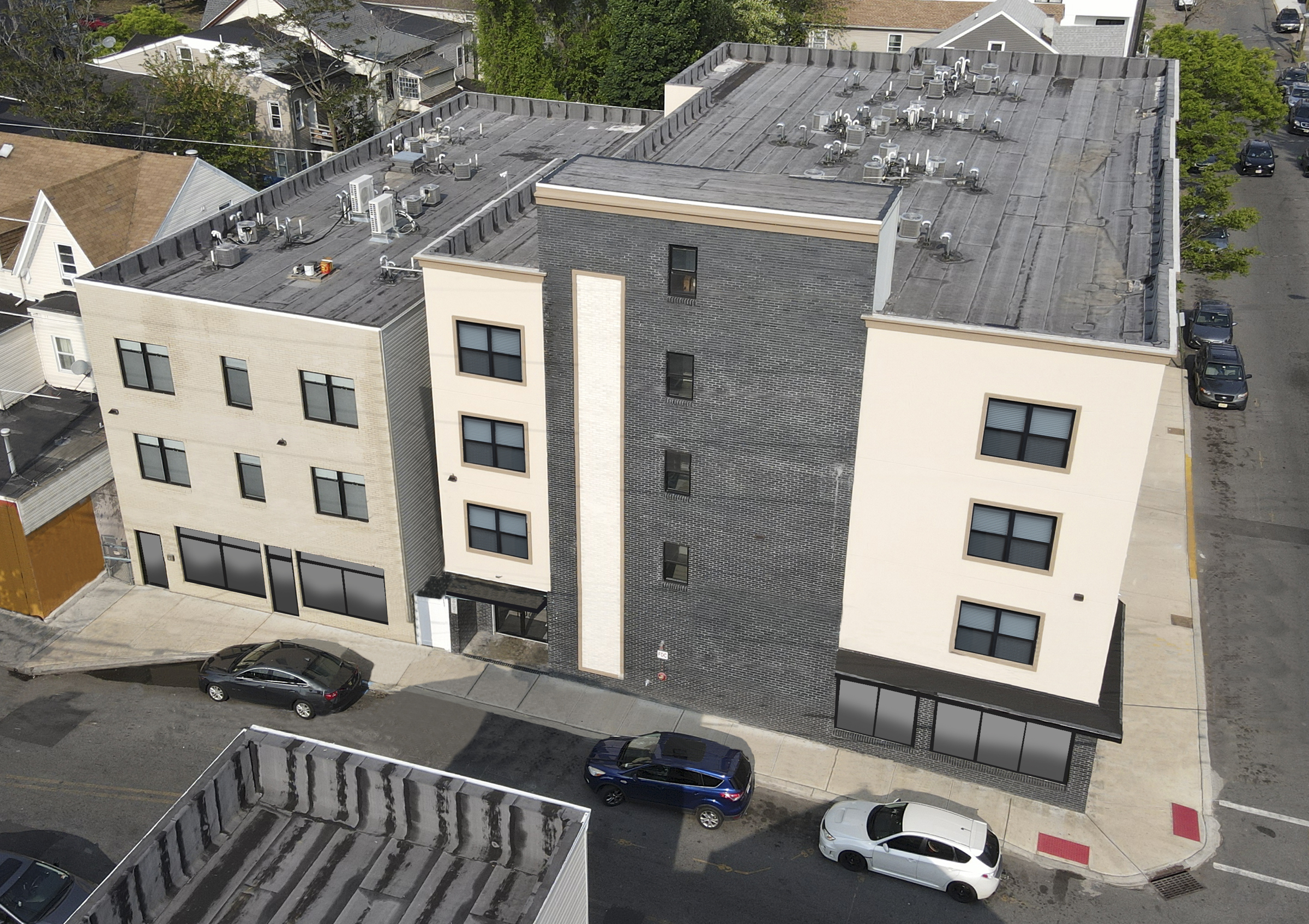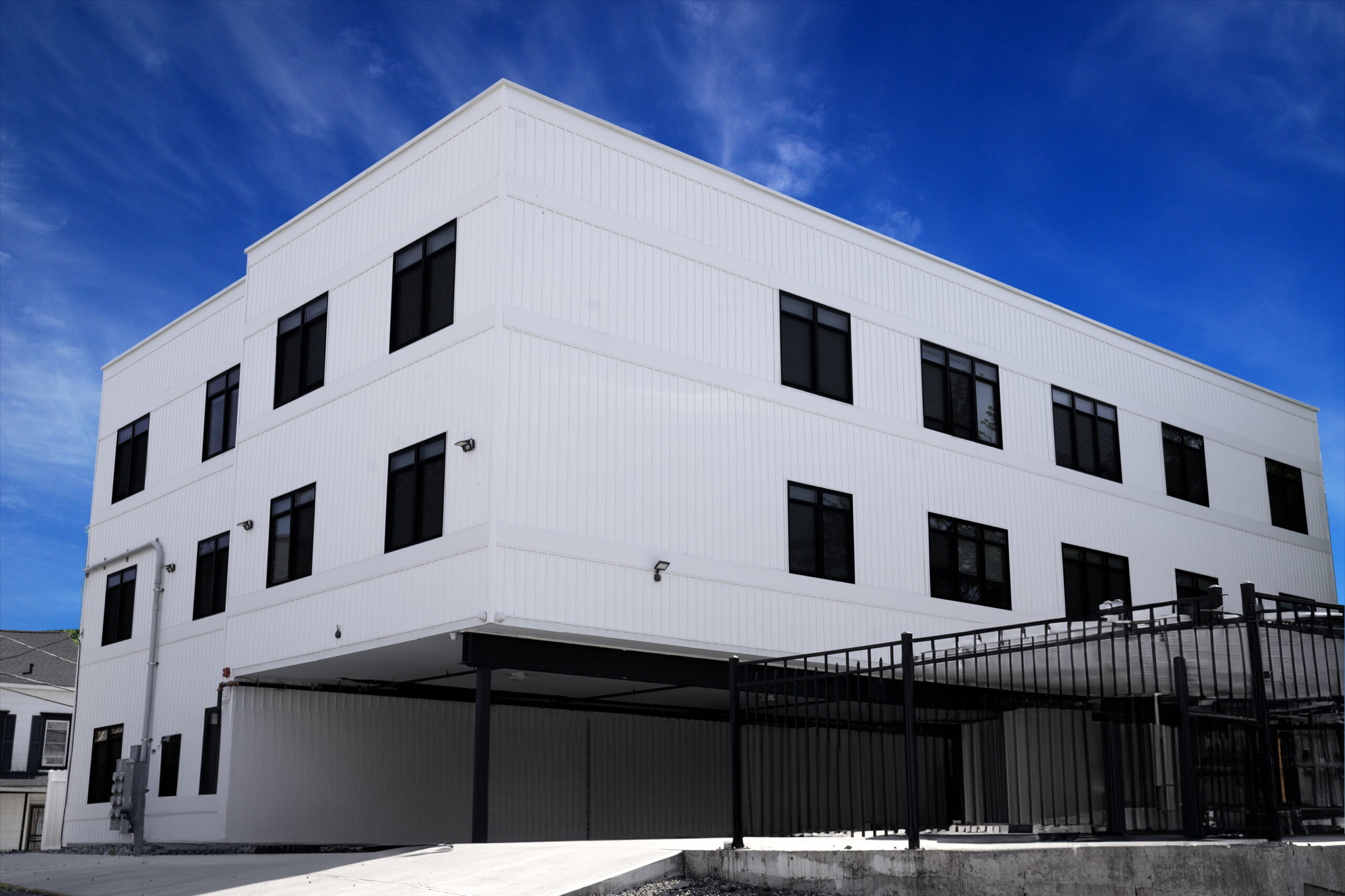
Investing with an SDIRA can be both powerful and lucrative, allowing investors to generate income and stability while also taking advantage of features that traditional IRAs don’t provide.
Understanding how these accounts work, what they offer, and how they fit into overall investment strategy is vital to extracting maximum value from this unique asset class.
What is a Self-Directed IRA (SDIRA)?
Self-Directed IRAs, also known as SDIRAs, are becoming popular due to the level of control they provide on investments and the ability to diversify the sources of income within an individual’s retirement portfolio.
This retirement account allows investors to choose asset classes when making investments and can provide potential tax advantages such as pre-tax contributions and specialized tax treatments.
When investing through Self-Directed IRA, investors must ensure that all transactions meet the guidelines established by the Internal Revenue Service and IRA custodians.
With Self-Directed IRAs, investors can access a powerful tool enabling great investment options and flexibility not traditionally offered.
How is an SDIRA Different from a 401(k) or IRA?
A Self-Directed Individual Retirement Account (SDIRA) is a type of retirement account that grants the owner more control over the investment choices within the portfolio compared to traditional 401(k) and IRA accounts.
While both 401(k)s and IRAs have unique characteristics, what separates an SDIRA from these accounts lies in the investment options, administration, and the level of control the account holder exercises.
Let’s take a closer look at these key differences:

Overall, SDIRAs provide flexibility and ease regarding real estate investing, allowing investors to invest in various asset classes like private placements, residential and commercial mortgages, tax liens, and notes – all with the potential to produce steady passive income streams.
Benefits of Investing with an SDIRA
Investing with a Self-Directed IRA (SDIRA) offers many benefits when making intelligent real estate investments.
These include income generation, stability, significant tax breaks, and the power of compound interest.
Here are some of the advantages of using SDIRA.
- Tax Benefits – Tax benefits are one of the primary advantages of investing with an SDIRA. Investment income and capital gains are tax-deferred with SDIRAs, so investors only have to pay taxes once they withdraw the funds.
- Flexibility – The flexibility of an SDIRA is another advantage. SDIRA allows investing in various assets, including stocks, bonds, mutual funds, and real estate.
- Control – Investors also have much control over their investment decisions with SDIRAs, since they decide what assets they invest in and how they invest their money.
How does SDIRA work for real estate investment?
SDIRA offers a unique investment opportunity for those seeking alternative assets, such as private equity real estate investment.
In contrast to traditional IRAs, which typically focus on stocks, bonds, and mutual funds, SDIRAs provide investors with control over their investment choices, allowing them to diversify their portfolios and potentially achieve higher returns.
When appropriately used, SDIRAs can generate substantial income and stability through private equity investments in real estate.
The way SDIRA works for private equity real estate investment begins with the account holder identifying a suitable opportunity.
Through a custodian, the individual directs where the investment should go and to which type of product or asset class in the real estate space.
The investment is made with pre-tax dollars. All income generated from the property, including rent, dividends, interest or profits is deposited into the SDIRA account, allowing for tax-deferred growth until funds are withdrawn at retirement when most individuals are in a lower tax bracket.
Additionally, the SDIRA structure can facilitate more substantial long-term growth and diversification by reinvesting the profits from one real estate transaction into others using leverage to invest in multiple real estate investments.
Ultimately, a Self-Directed IRA focused on private equity real estate investment can offer numerous benefits, such as income generation and investment stability.
It allows investors to diversify their portfolios, reduce exposure to fluctuations in the stock market, and take advantage of the potential for consistent returns from rental income and long-term appreciation.
Still, investors must conduct thorough due diligence on each investment opportunity and work with a knowledgeable custodian to ensure compliance with IRS rules and regulations.
By doing so, they can effectively harness the power of the SDIRA and achieve excellent financial stability and growth for their retirement funds.
How To Open An SDIRA Account
Setting up a Self-Directed IRA (SDIRA) account is easy and hassle-free. All that is needed is to do the following:
1. Determine investment goals.
Establishing an investment goal is the first step in opening an SDIRA account. Investors must determine whether they want to generate income, grow wealth, or preserve capital. After identifying the goals, it is possible to begin researching various types of investments that will assist in achieving them.
2. Choose a custodian.
The next step is to select a custodian. It is a financial institution that holds and manages assets on behalf of a client. Choosing a custodian requires considering fees, investment options, and customer service.
3. Open an account.
Following the selection of a custodian, account registration is completed by filing the necessary paperwork and making an initial deposit.

>>>Take note that Custodians will have a different initial deposit amount.
4. Put funds in the account.
Account holders can fund their accounts with cash or assets transferred from other retirement accounts. Investing begins once the account has been funded. Transferring assets from another retirement account requires a rollover form.
5. Make an investment decision.
When the account has funds, account holders can select investments. Investments require considering risk tolerance, time horizon, and investment objectives.
6. Monitor and rebalance the portfolio.
After selecting investments, investors should monitor them regularly and rebalance their portfolios as necessary. In this way, the portfolio will remain aligned with the investor’s goals.
Bottom Line
Self-Directed IRAs offer investors a unique opportunity to diversify their retirement portfolio by accessing various investment classes such as private placements, residential and commercial mortgages, tax liens, and notes.
When employed wisely, a Self-Directed IRA can be a powerful tool for building a retirement nest egg and achieving financial security in the golden years.
With the proper guidance and education, investing in real estate through a Self-Directed IRA can significantly diversify the retirement portfolio and maximize long-term wealth.
Reference
Investopedia
https://www.investopedia.com/terms/1/401kplan.asp
https://www.investopedia.com/terms/i/ira.asp
The Balance
https://www.thebalance.com/what-is-a-self-directed-ira-sdira-4174240
Forbes
https://www.forbes.com/advisor/retirement/self-directed-ira-pros-and-cons/
NerdWallet
https://www.nerdwallet.com/article/investing/self-directed-ira
Bankrate








